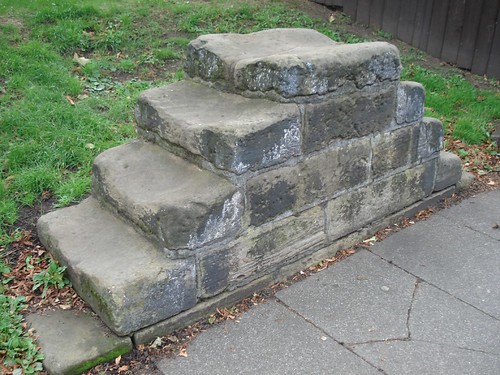Merseyside historian Ken Pye takes Tony Barrett on a tourist trail to discover the hidden Liverpool
Tony Barrett, Liverpool Echo - THE Liver Buildings, St George’s Hall, Anfield and Goodison are Liverpool landmarks which are known all around the world and no self-respecting Liverpudlian needs telling about them.
But what about the alternative Liverpool, places that are slightly off the usual tourist track but are just as worthy of a visit?
Local historian Ken Pye, author of a new book called Discover Liverpool, has come up with a trail detailing some of the city’s hidden treasures especially for ECHO readers. continues.....
Of course Yo! Liverpool's members have been discussing stuff like this for ages!!!!



 Reply With Quote
Reply With Quote



 .
.

Bookmarks